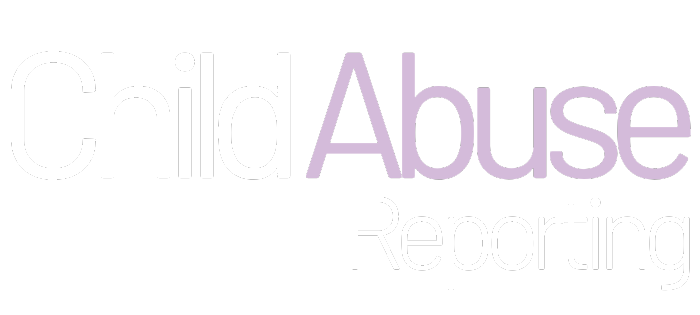Home » How Do I Recognize Child Abuse and Neglect? » Checklist of Possible Indicators of Abuse and Neglect
| Neglect: Combined Physical and Behavioral Indicators |
The following indicators can be observed by community members as well as day care,
school, and law enforcement mandated reporters: |
Child is not
getting enough food |
- Child appears malnourished
- Child begging, stealing food
- Consistently acts hungry or complains of hunger
- Constant fatigue, listlessness, falling asleep in class
|
Child appears
poorly cared for |
- Has poor hygiene (skin, teeth, ears, hair)
- Is inappropriately dressed for the season
- Clothes are frequently dirty or torn
|
Lack of medical/
dental care |
- Unattended physical problems or medical/dental needs
|
Lack of adult
supervision |
- Child being left home alone without supervision, especially in dangerous activities or for long periods of time
- Child states there is no caretaker
- Extended stays at school; child arrives early and stays late
|
Child using
alcohol/drugs |
- Child is consistently using alcohol and/or drugs
|
| Truancy from school |
- Chronic pattern of child from 6 –16 years of age who is absent from school so often that the child will not pass the current grade
|
| Runaway behavior |
- Child runs away from home
|
| Abandonment |
- Child left without knowing where parent is or when parent will return
|
| The following indicators are conditions which must be diagnosed by health care providers and/or social services/mental health professionals who are mandated reporters: |
Child is showing
a delay in normal
development |
- Failure to thrive – physically or emotionally
- Measurable lag in physical growth
- Measurable lag in mental/emotional development
|
Positive toxicology
(drug level) |
- Especially in newborns
- Drug withdrawal symptoms, tremors, etc. in older children/teens
|
Behavioral
extremes |
- Compliant/passive, overly adaptive behavior
- Aggressive behavior
- Overly adult or infantile for age
- Delinquency (e.g. child is stealing)
|
| Habit disorders |
- Child sucking, biting, rocking, etc.
|
| Speech disorders |
- Failure to develop speech, abnormal speech patterns
|
| Conduct disorders |
- Antisocial and/or destructive behaviors
- Torturing or killing small animals
|
| Neurotic traits |
- Includes sleep disorders, inhibition of play
|
| Suicide |
- Threatened or attempted suicide
|
Psychoneurotic
reactions |
- Includes hysteria, obsession, phobias, and compulsive behavior
|

